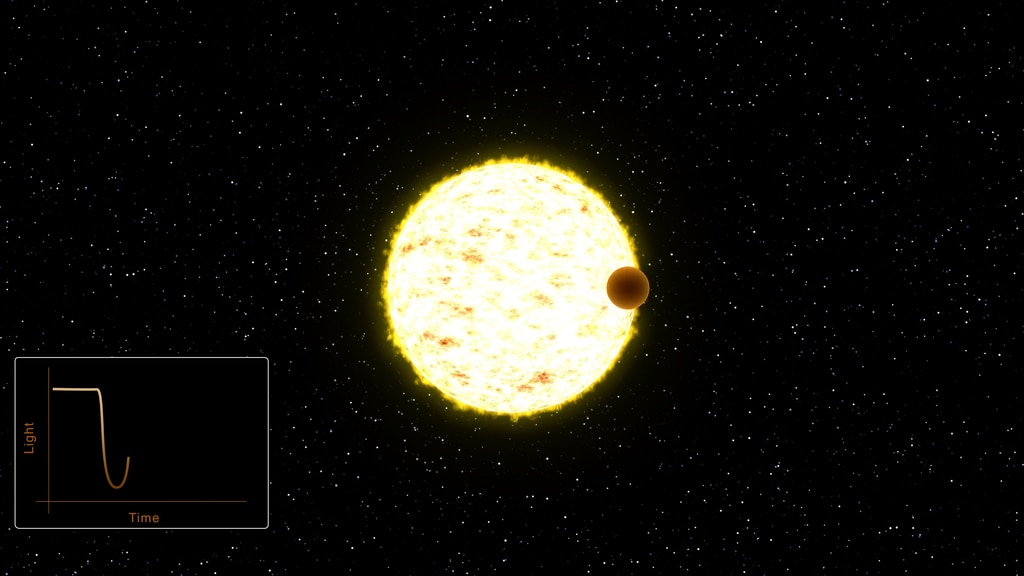TESS Shorts
The Unique Orbit of NASA’s Newest Planet Hunter
NASA's Transiting Exoplanet Survey Satellite - TESS will fly in an orbit that completes two circuits around the Earth every time the Moon orbits. This special orbit will allow TESS’s cameras to monitor each patch of sky continuously from nearly a month at a time. To get into this orbit, TESS will make a series of loops culminating in a lunar gravitational-assist, which will give it the push it needs. TESS will reach its orbit about 60 days after launch.
Music: "Drive to Succeed" from Killer Tracks
Complete transcript available.
Watch this video on the NASA Goddard YouTube channel.
How NASA's Newest Planet Hunter Scans the Sky
The newest planet hunter, NASA's Transiting Exoplanet Survey Satellite (TESS), will search the sky for the telltale signs of exoplanets — planets orbiting other stars. TESS will stare for a month at a time at slices of the sky, seeking small dips in the light we see from stars as planets pass across them. Over the course of two years, TESS will survey nearly the entire sky.
Music: "Drive to Succeed from Killer Tracks"
Complete transcript available.
Watch this video on the NASA Goddard YouTube channel.
How Winking Stars Point Us To Distant Worlds
How do we spot something as tiny and faint as a planet trillions of miles away? The trick is to look at the star! So far, most of the exoplanets – worlds beyond our solar system – we’ve found were detected by looking for tiny dips in the brightness of their host stars! These dips are caused by the planet passing between us and its star – an event called a “transit.” Our newest planet hunter, the Transiting Exoplanet Survey Satellite (TESS), will seek out transits around 200,000 of the nearest and brightest stars in the sky.
Music: "Drive to Succeed" From Killer Tracks
Complete transcript available.
How Winking Stars Point Us To Distant Worlds
How do we spot something as tiny and faint as a planet trillions of miles away? The trick is to look at the star! So far, most of the exoplanets – worlds beyond our solar system – we’ve found were detected by looking for tiny dips in the brightness of their host stars! These dips are caused by the planet passing between us and its star – an event called a “transit.” Our newest planet hunter, the Transiting Exoplanet Survey Satellite (TESS), will seek out transits around 200,000 of the nearest and brightest stars in the sky.
Music: "Drive to Succeed" From Killer Tracks
Complete transcript available.
Credits
Please give credit for this item to:
NASA's Goddard Space Flight Center
-
Producers
- Scott Wiessinger (USRA)
- Claire Saravia (NASA/GSFC)
-
Editor
- Scott Wiessinger (USRA)
-
Animators
- Brian Monroe (USRA)
- Walt Feimer (KBR Wyle Services, LLC)
- Chester Beals (MIT Lincoln Laboratory)
-
Narrator
- Scott Wiessinger (USRA)
Release date
This page was originally published on Tuesday, April 3, 2018.
This page was last updated on Friday, August 16, 2024 at 1:27 PM EDT.

